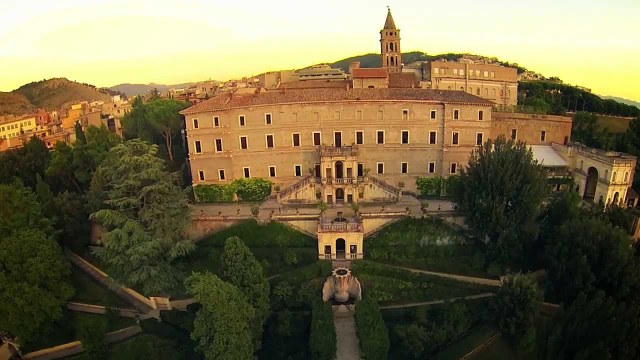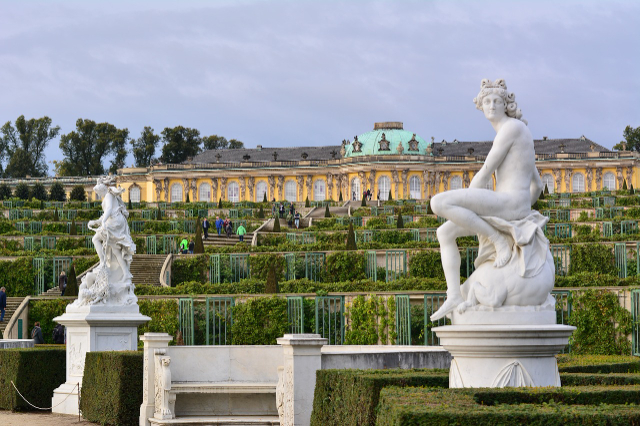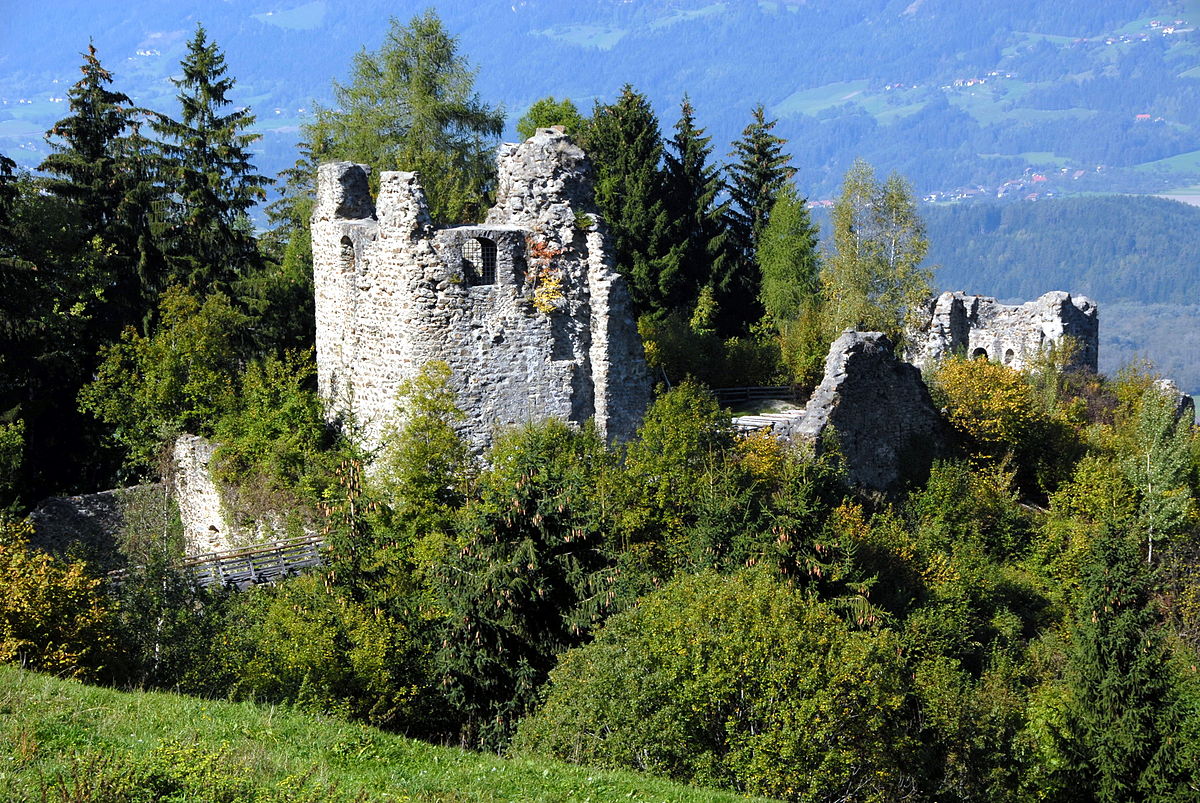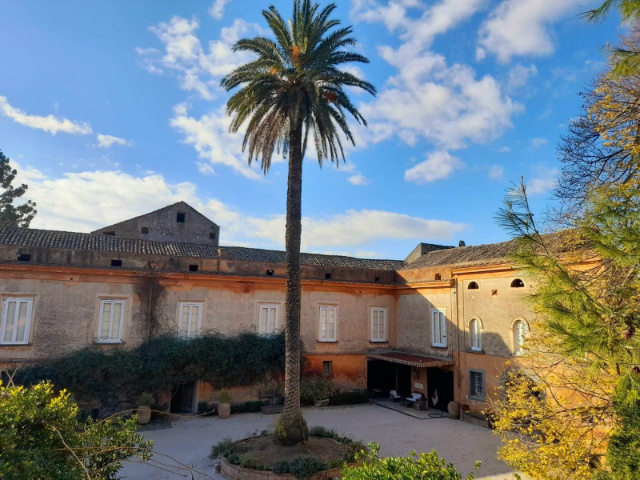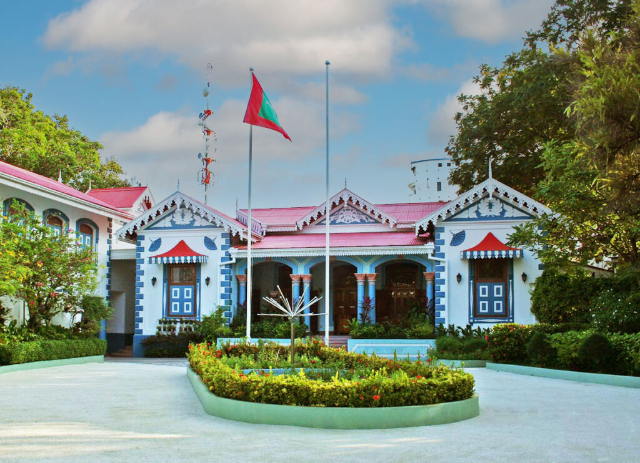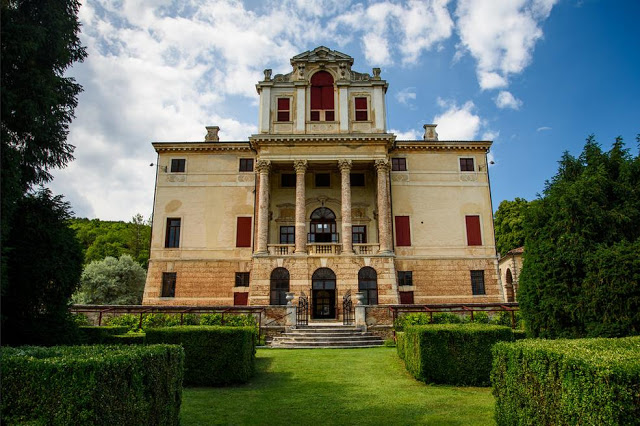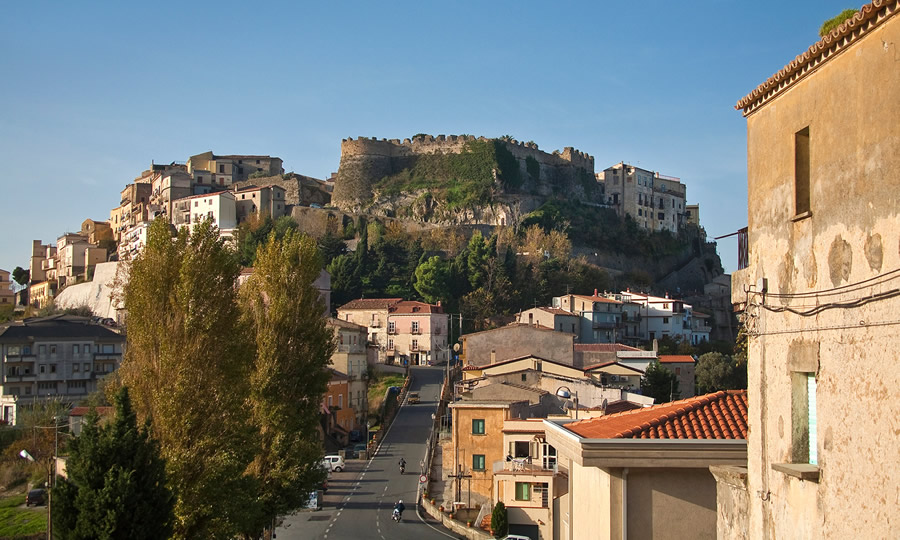Villa d’Este in Tivoli is a magnificent Renaissance mansion located in the town of Tivoli, about 30 kilometers east of Rome, Italy. Built in the 16th century, the villa is famous for its beautiful gardens, majestic fountains, and works of art.The history of Villa d’Este is closely linked to the figure of Cardinal Ippolito II d’Este, a member of the powerful d’Este family of Ferrara. In 1550, the cardinal decided to transform the ancient medieval residence that stood on the ruins of Hadrian’s Villa into a sumptuous and luxurious home. The villa became a symbol of the power and prestige of the d’Este family.The design of the villa was entrusted to architect Pirro Ligorio, who worked closely with Cardinal Ippolito to realize his vision of an extraordinary residence. The construction work was complex and required several phases, which lasted for many years. During this period, numerous modifications and additions were made, until the final result we see today was achieved.The gardens of Villa d’Este are considered one of the masterpieces of the Italian garden. They extend over an area of more than 4 hectares and offer a fascinating combination of architectural, statuary and water features. The fountains are the real heart of the garden and create a spectacular choreography of water jets and plays of light. Among the most famous fountains are the Ovato Fountain, with its majestic cascade of water, and the Neptune Fountain, representing the god of the sea. Every corner of the gardens offers surprises and wonders, with artificial grottos, green labyrinths, and scenic paths leading to breathtaking views of the surrounding countryside.Inside the villa, the cardinal’s apartments are a triumph of art and beauty. The rooms are adorned with frescoes, stucco work, and decorations of great artistic value. The Hall of Apollo is one of the most impressive rooms, with its painted ceiling depicting the mythology of Apollo and his exploits. Other notable halls include the Hall of Phaeton, the Hall of the Marriage of Psyche, and the Hall of Alexander the Great, each of which is decorated with splendid frescoes telling mythological and historical stories.Villa d’Este also houses a valuable collection of artworks, including paintings, sculptures, and mosaics. Some of the most important works include paintings by renowned artists such as Taddeo Zuccari, Federico Zuccari, and Cesare Nebbia. The collection testifies to the Este family’s artistic patronage and their passion for the arts.Today, Villa d’Este is open to the public and is a major tourist attraction in the region. Visitors can stroll through the beautiful gardens, admire the fountains in action, and soak in the charming and refined atmosphere of this Renaissance mansion. The villa was recognized as a UNESCO World Heritage Site in 2001, confirming its status as a priceless cultural and artistic treasure.In conclusion, Villa d’Este in Tivoli is an enchanting place that combines art, architecture and nature into a single experience. Its spectacular gardens, breathtaking fountains, and exceptional works of art make this villa a must-see for lovers of beauty and history.
